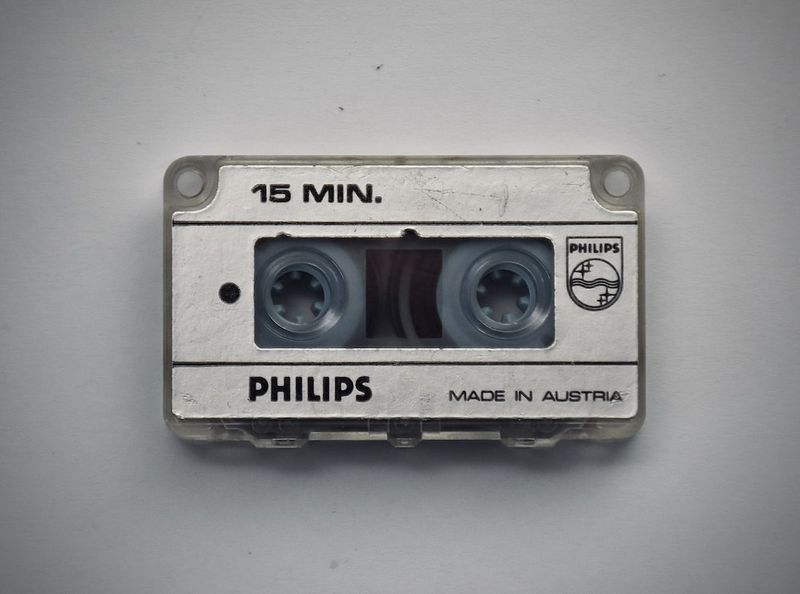Breaking the format: Better Call Saul’s original sitcom plan
Better Call Saul, the acclaimed Breaking Bad spinoff, almost ended up being a half-hour sitcom instead of an hour-long drama with comedy touches, according to co-creator Peter Gould. The show, which aired on AMC and ended in 2022, has been widely praised as a masterpiece of television, featuring Bob Odenkirk as slimy lawyer Saul Goodman. Back when they were developing the show, Gould and his partner Vince Gilligan had originally envisioned a “70% comedy, 30% drama” split, Gould recently told Awards Daily. However, the creators encountered difficulties finding the right ratios of the two genres, and eventually opted for a more traditional drama structure.
Comedy and drama enhance each other
Despite the change in format, Better Call Saul wasn’t completely humorless. Gould believes that combining comedy and drama can make both genres stronger, saying, “comedy doesn’t deflate the drama, it enhances it… They’re just better together.” Odenkirk’s comedic chops came in handy in particular, with Gould stating, “you’d be an idiot to have Bob Odenkirk as your lead and not do any comedy.” Gould believes that there’s actually still some comedy in Better Call Saul, even if it’s not the show’s central tone.
The Saul Goodman that never was
As for what a half-hour sitcom version of Better Call Saul would’ve looked like, that’s left to speculation. Saul Goodman didn’t even appear in the show until the very end, with Odenkirk playing the “real” person behind the persona, Jimmy McGill. While it’s intriguing to imagine a purely comic take on the character, it’s hard to argue with the show’s success as a dramatic series that occasionally included humor as well. Gould and Gilligan didn’t rely on the easy route of a sitcom, and in doing so crafted a uniquely rich and immersive program unlike any other.
The advantages of breaking the format
While it can be tempting to stick with what works, taking a chance and trying something new can lead to truly exceptional results. The creators of Breaking Bad and Better Call Saul knew what they wanted to achieve with their shows, and took creative risks to achieve them. By breaking the boundaries of what a typical crime drama or spinoff series should look like and incorporating new elements, Gould and Gilligan ushered in a new era of television that delighted audiences and critics alike. As we look towards future television projects, we should remember the importance of taking creative risks and exploring uncharted territory, even if it means breaking the mold of what we know and love.
In conclusion, Better Call Saul’s shift from a sitcom to a drama format offers a valuable lesson in taking risks, mixing genres, and breaking with tradition. While the sitcom version will always remain a tantalizing “what if” scenario, we can appreciate the showrunners’ decision to stay true to their vision, follow their instincts, and create a show that will be remembered for generations to come.

<< photo by Ashlee Brown >>




